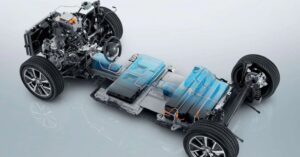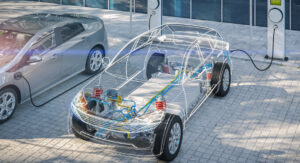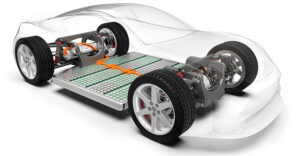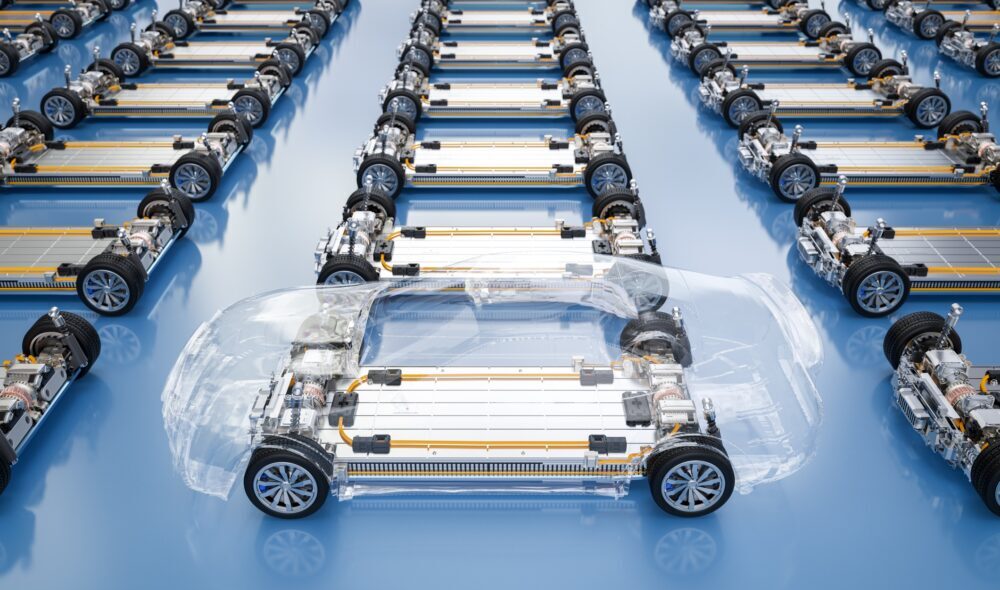Best Battery Technology for EV: A Game-Changer in the Green Revolution

Introduction
With the growing demand for electric vehicles (EVs), the automotive industry is constantly striving to discover the best battery technology that ensures long-lasting power, enhanced performance, and environmental sustainability. The transition from traditional combustion engines to electric propulsion systems presents a significant opportunity to reduce carbon emissions and combat climate change. In this article, we will explore the most promising battery technologies for EVs, their advantages, limitations, and their potential to revolutionize the transportation sector.
The Evolution of Battery Technology

Lithium-Ion Batteries: The Pioneers of the Electric Revolution
Lithium-particle batteries (Li-particle) have been the prevailing innovation controlling current EVs. They have high energy thickness, taking into consideration longer driving reaches and further developed speed increase. Li-particle batteries have demonstrated their dependability, strength, and wellbeing, going with them a sought-after decision for electric vehicles. Anyway, they truth be told do have imperatives, as to some degree massive costs, restricted cycle life, and worries as for the insufficient availability of lithium resources.
Solid-State Batteries: Paving the Way for the Future
Solid state batteries offer a promising choice rather than conventional Li-molecule batteries by displacing the liquid electrolyte with a solid one. This innovation offers further developed security, higher energy thickness, and quicker charging capacity. Strong state batteries additionally take out the gamble of warm out of control, a potential risk related with customary Li-particle batteries. Though still a work, major areas of strength for underway batteries might perhaps irritated the EV business with their better display and longer future.
Graphene-Based Batteries: Unleashing the Power of Carbon
Graphene, a steadily developing material with surprising conductivity and mechanical strength, has stood separated as an ordinary critical advantage in battery improvement. Graphene-based batteries display predominant power thickness, empowering quicker charging times and expanded energy capacity limits. Moreover, they have a more drawn out life expectancy contrasted with conventional Li-particle batteries. Nonetheless, the high creation cost of graphene stays a test for inescapable execution.
Sodium-Ion Batteries: A Sustainable Alternative
Sodium-particle batteries (Na-particle) are arising as a supportable option in contrast to conventional lithium-based advancements. These batteries use sodium as the charge transporter, guaranteeing a more bountiful and savvy asset contrasted with lithium. Na-particle batteries offer comparable energy thickness and cycle life to Li-particle batteries while lessening reliance on interesting and costly materials. Albeit still in the formative stage, sodium-particle batteries hold extraordinary commitment for the eventual fate of electric vehicles.
The Advantages and Limitations of Different Battery Technologies

Li-ion Batteries: Reliability and Efficiency Come at a Price
Advantages:
- High energy density allows for extended driving ranges.
- Proven reliability and safety in the EV market.
- Wide availability and established manufacturing processes.
Limitations: - Finite cycle life that requires battery replacements over time.
- Relatively high production costs, impacting the overall vehicle price.
- Limited lithium resources and concerns over ethical mining practices.
Solid-State Batteries: A Leap Towards Enhanced Performance
Advantages:
- Improved safety due to the absence of liquid electrolyte.
- Higher energy density and faster charging capabilities.
- Longer lifespan and reduced risk of thermal runaway.
Limitations: - Current manufacturing processes are costly and complex.
- Limited scalability and production capabilities.
- Challenges in maintaining stable performance at low temperatures.
Graphene-Based Batteries: Empowering the Electric Revolution
Advantages:
- Exceptional power density enables rapid charging and increased energy storage.
- Longer lifespan compared to traditional Li-ion batteries.
- Lightweight and versatile material with numerous applications.
Limitations: - High production costs hinder widespread adoption.
- Limited scalability due to challenges in large-scale manufacturing.
- Lack of established infrastructure for graphene production.
Sodium-Ion Batteries: Promoting Sustainable Mobility
Advantages:
- Utilization of abundant and cost-effective sodium resources.
- Comparable energy density and cycle life to Li-ion batteries.
- Reduced dependency on rare materials and ethical concerns.
Limitations: - Ongoing research and development required for commercial viability.
- Challenges in achieving high energy density without compromising electrode stability.
- Limited availability of sodium-ion battery technologies.
Conclusion
As the world dynamically embraces electric vehicles to decarbonize transportation and fight ecological change, the mission for the best battery development for EVs uplifts. While lithium-molecule batteries continue to lead the market, solid state batteries, graphene-based batteries, and sodium-molecule batteries hold epic potential to disturb the business further. Every innovation offers unmistakable benefits and faces novel constraints, requiring progressing innovative work endeavors. The eventual fate of electric portability lies in the possession of notable development, introducing a greener and manageable tomorrow.


